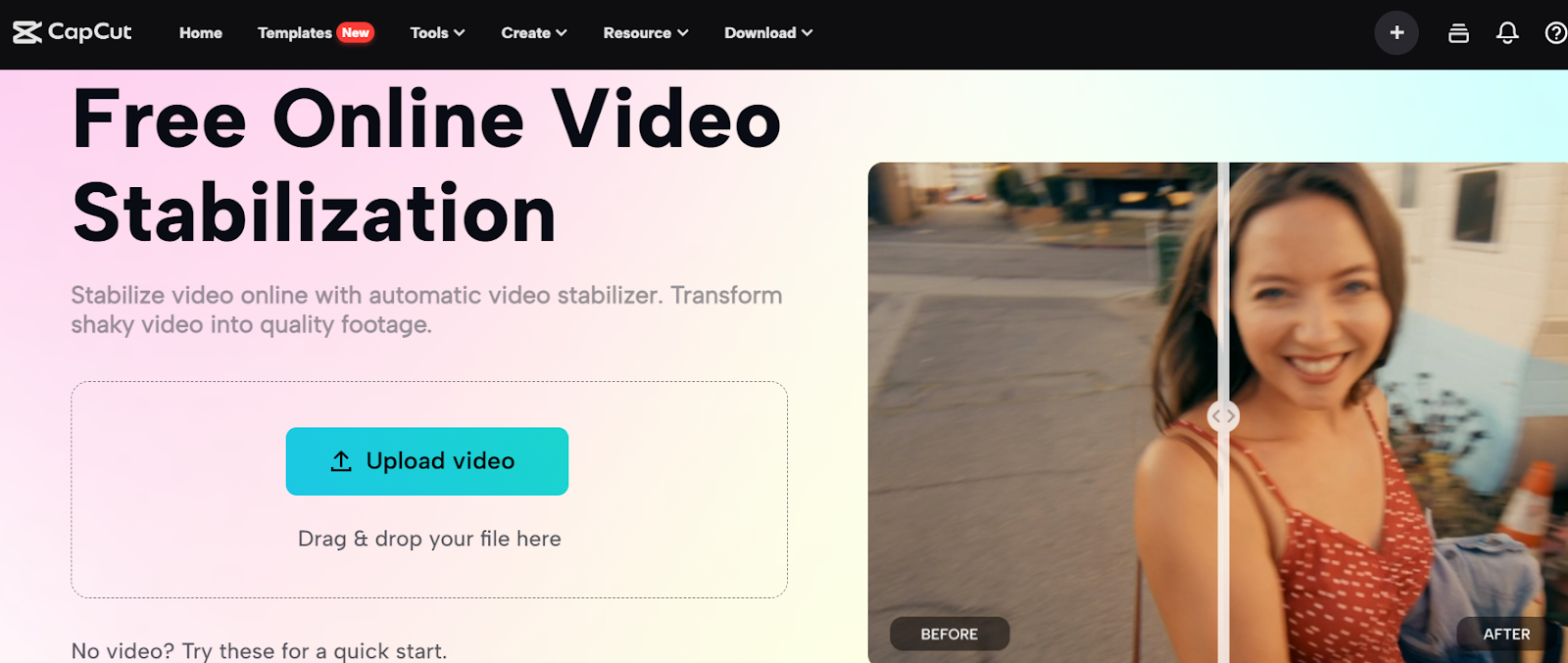When it comes to consuming media online, it’s no secret that the written word is king, but in recent years, with the rise of social media, its crown is certainly being challenged. Where once websites and blogs were the number one place to find out information and promote goods and services for brands, platforms like Instagram and YouTube have stepped in and changed the focus towards visual content that has a higher impact and better conversion rates, all while taking less work to compile. This has seen a drop in the use of the written word online, and this is leading many people to consider whether this form of content is becoming obsolete.
Is writing still relevant online in 2023?
While there has been a shift in consumer sentiment, there are still some significant applications for writing online, but it is certainly being overlooked in some areas. With this in mind, let’s take a look at where writing is both prevalent and not so much this year:
Prevalent: SEO
While there is some question about whether text is still the top content form online, the good news is that it still has its place and certainly won’t be going anywhere anytime soon where SEO is concerned. This is largely because search engines like Google primarily use things like keywords, text length, character count, and similar markers to determine how relevant a website is for ranking. This helps them to provide nothing short of the top results for the queries being asked by users, and while visual content can contain some aspects that will be picked up by bots (such as subtitles and closed captions), writing is still the only way to hit the right notes for SEO – and is likely to continue to be well into the future.
Not so prevalent: digital marketing
Just a couple of years ago, the COVID-19 pandemic had an extremely deep impact that was felt on every level of consumerism; from the way businesses operated, to how the general populace interacted with the internet. E-commerce was an industry that was forced to overhaul its typical processes, and anyone selling goods or services had to quickly create digital solutions and an online presence that could reach target audiences that were no longer shopping in-store. As people from all demographics turned to the internet to be able to buy the things they really needed while adhering to the pandemic protocols and keeping themselves safe, those who didn’t step up to the plate quickly fell behind the competition. The lessons learned have meant that these activities have largely stuck and carried through to post-pandemic life, and many individuals now prioritize shopping online over favoring brick-and-mortar stores.
When it comes to digital marketing, right now, videos are leading the charge and the written word is fast becoming obsolete. More businesses and content creators are moving away from promotional materials that are full of information, such as email blasts, and are utilizing the capabilities of imagery instead. In 2023, videos are quickly becoming the media of choice for consumers online, whether they are looking to shop or simply be entertained, and as a result, video editing software is growing in popularity. With platforms like CapCut offering nothing short of the latest AI technology to help users create stunning content that has a significant impact, from a video editor for YouTube to a video stabilizer, there really is no reason for individuals or businesses to miss out when curating marketing materials.

Prevalent: Education
The online environment may have opened up a wealth of opportunities for businesses online, but there is now unrivaled access to educational materials, too. Whether individuals are posting/reading scientific journals, offering online tutorship, or students are using the internet to undertake research to support studies and coursework, the written word is still very much the preferred way to learn. There has been an increase in video content and imagery to meet more modern needs, but there is still a lot to be said for traditional written materials.
Not so prevalent: Entertainment
As social media platforms like TikTok have made everything from comedy to tutorials easy to consume, fewer and fewer people have been using websites that prioritize written content for entertainment to get their fix. For example, blogs were especially popular in the 2010s for doing research on hobbies, and individuals widely used forums to interact with peers, share jokes, and talk about their opinions on movies, TV, and celebrities. In recent times, more communities have formed in more image-based portals, minimizing the use of text-based alternatives.
The middle ground: social communication
While the above sectors have a more clear view of the popularity of either written or visual content, social communication is one area that is taking a more balanced stance. Where many individuals still communicate via written messages, there are a whole host of visual elements that are being incorporated. For instance, it’s difficult to use any form of communicative text without seeing emojis and GIFs, and this is true for messaging apps like WhatsApp and social media platforms like Reddit and Twitter.
Is the written word really becoming obsolete online in 2023?
The good news is that it isn’t, but its counterparts are definitely becoming more popular and are featuring more heavily in a host of sectors. The main focus is actually on whether these alternatives are going to overtake written content in the future – and as so many factors have an impact on the modern online user, this is a question that is fast gaining traction. In reality, only time will tell of the fate of the written word, but for now, things seem to be sitting firmly in its favor, so there shouldn’t be any cause for concern for quite some time. It’s clear that those creating content and operating online need to diversify their efforts in order to reach their goals, and a blend of written, video, and photo content can be the best way to do just that.

